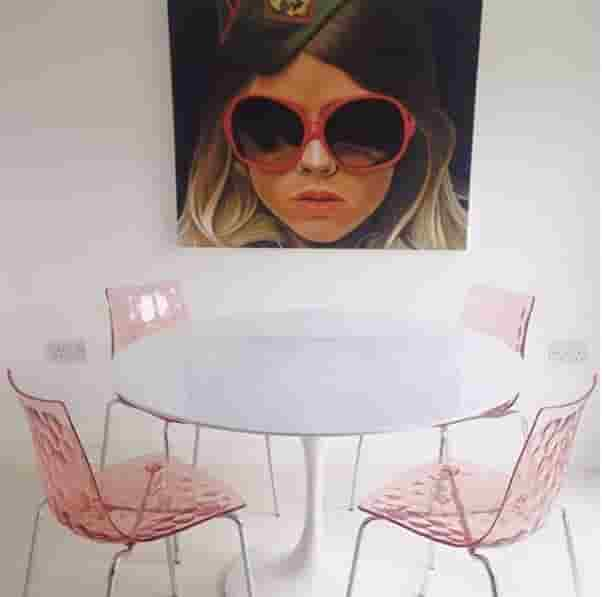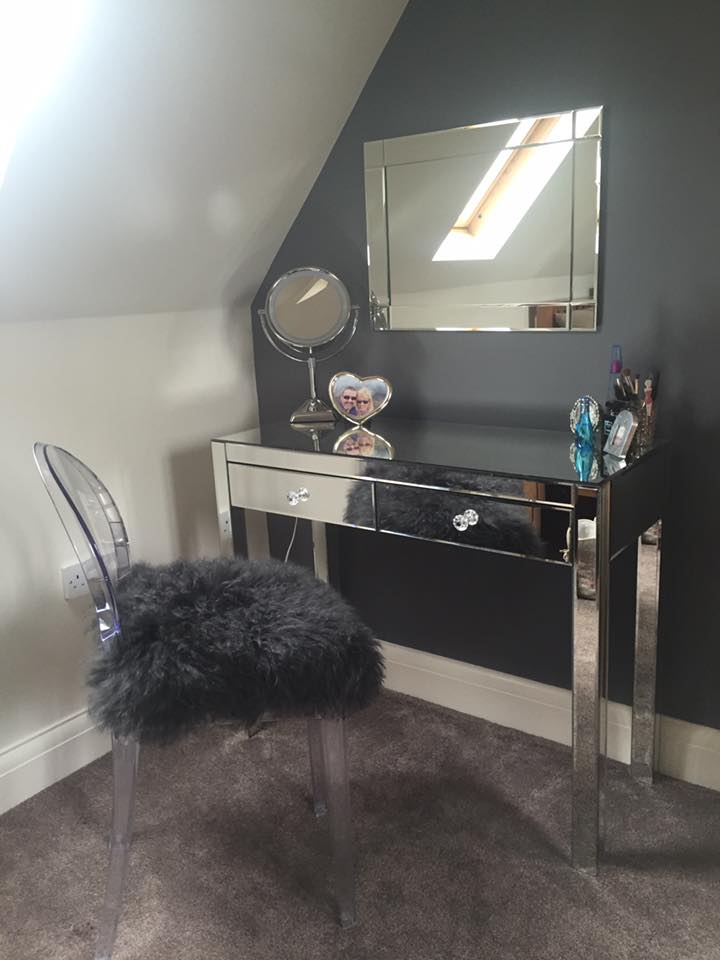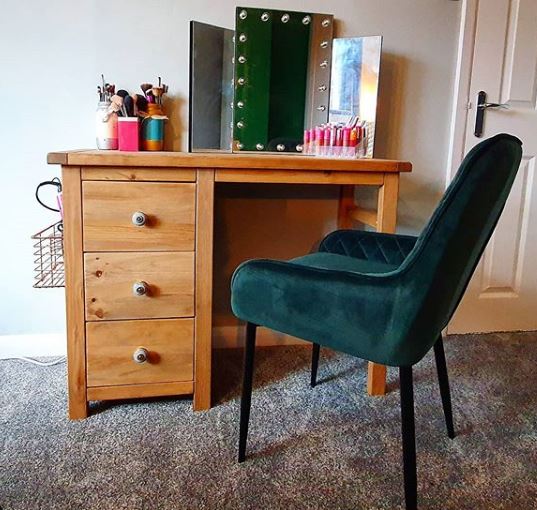
Modern and contemporary is one of the most popular furniture categories we offer. However, what many people don’t know is that they’re actually two different styles!
Although they are considered synonyms in most dictionaries, they are used to refer to different styles in interior design.
Understanding the difference between modern and contemporary furniture styles will help you to create a matching style that works across your entire room, or even home.
In this post, we’ll attempt to resolve the age-old modern vs contemporary debate, helping you understand the difference and improve the design and style of any room in your home.
Looking for modern contemporary furniture? – Check out our range of modern contemporary bar stools and modern dining chairs. We have a huge range, ensuring you find the perfect set of dining chairs or bar stools for you.

Modern vs contemporary – What’s the difference?
The difference between modern and contemporary styles is the era to which they refer. Contemporary style refers to new, trending styles of today, whereas modern styles are styles from the recent past.
Where a contemporary or “hyper-modern” home may have a lot of sharp edges, glass, marble and metal and use relatively basic, light colours, a modern home with a vintage design may have more wooden and brick surfaces and be more colourful.
Even though these two design styles can look very similar to the untrained eye, the biggest difference is in the era they take their inspiration from. Even if they’re both reasonably minimalist and functional, there’s a clear difference in the type of furniture and the different design elements used, with contemporary featuring many hyper-modern chairs, tables and colours and modern styles capturing more of the (recent) past.
Side note: Although these styles are technically different, many people tend to mix and match them when designing or redesigning a room. This is also the main reason why they’re often used together – since it’s common for modern furniture to be well suited to contemporary interiors and visa-versa.
Modern style
Modern or modernism is used to refer to a style that started just before the start of the 20th century, where minimalism and functionality took centre stage. Many modern styles have their roots in the period before 1950, including art-deco styles and various other vintage designs.
The ’50s saw the rise of mid-century modern design, and post-modernism soon followed in the 70s and ’80s which is generally where the switch from modern to contemporary takes place.
Since modern design refers to a larger trend in interior design, there are many different types of modern styles that exist. These range from vintage and mid-century modern design to postmodernism and they each have slight but important differences In style, colour use and furniture design.
All of that being said, many use the term “modern” to refer to any modern or recent style, which often results in any somewhat recent design trend being referred to as modern – even if the trend doesn’t necessarily come from that particular period.
Contemporary style
All recent styles are classed as contemporary and this includes both styles from the 90s and 00s as well as the new trends of today. Recent trends like waterfall edges, minimalist colour palettes and glass and metal surfaces are all common features of contemporary design.
Contemporary is known for featuring a combination of various other styles with new design trends and minimalist colour palettes. Although some bold colours can be used in contemporary designs, they are often used for accenting and generally consist of bold colours. That being said, the majority of the colour used is white, black or grey.
The similarities between contemporary and modern styles
Although there are some differences, there are also many similarities between modern and contemporary design. Below are just a few of them, in no particular order:
-
Minimalist designs
Both modern and contemporary designs are relatively minimalist and sleek. Although modern styles are generally a little less minimalist than contemporary styles, in the broader scheme of things, both styles are relatively clean and uncluttered.
-
Calm look and feel
Both create a calm look and feel and reduce distractions in a room. With a minimalist design, clean lines and calm colour palettes, both these styles are easy on the eye.
-
Prioritise functionality
Both contemporary and modern styles prioritise functionality over overly complex designs and features.
Why Are Modern and Contemporary Styles Often Used Together?
A common question about modern and contemporary styles is why they’re often grouped together when describing furniture. Even furniture stores, like ours, often combine them into the same category.
The reason is simple: while they are distinct styles, modern furniture often works beautifully in contemporary spaces, and contemporary pieces can complement modern interiors. Their shared versatility allows them to mix and match seamlessly, depending on the look and feel you’re aiming for.
For instance, in our modern and contemporary dining chair collection, you’ll find pieces that suit both styles. Whether used in a modern or contemporary interior, how they’re incorporated into the overall design makes all the difference.
Now that you understand the differences and overlaps between these styles, you’re better equipped to choose the perfect look for your room. If you have questions or need guidance, feel free to reach out—we’re here to help!
 Chat with us on WhatsApp
Chat with us on WhatsApp



Comments